Bringing an abused dog into your life is such a beautiful act of compassion. But it’s not always easy. These dogs have been through a lot, and they need extra patience and care to feel safe and loved again. It’s a journey, but with some simple steps and a whole lot of understanding, you can help them rebuild trust. Here are 15 ways to make the process a little easier—for both of you.
1. Let Them Set the Pace
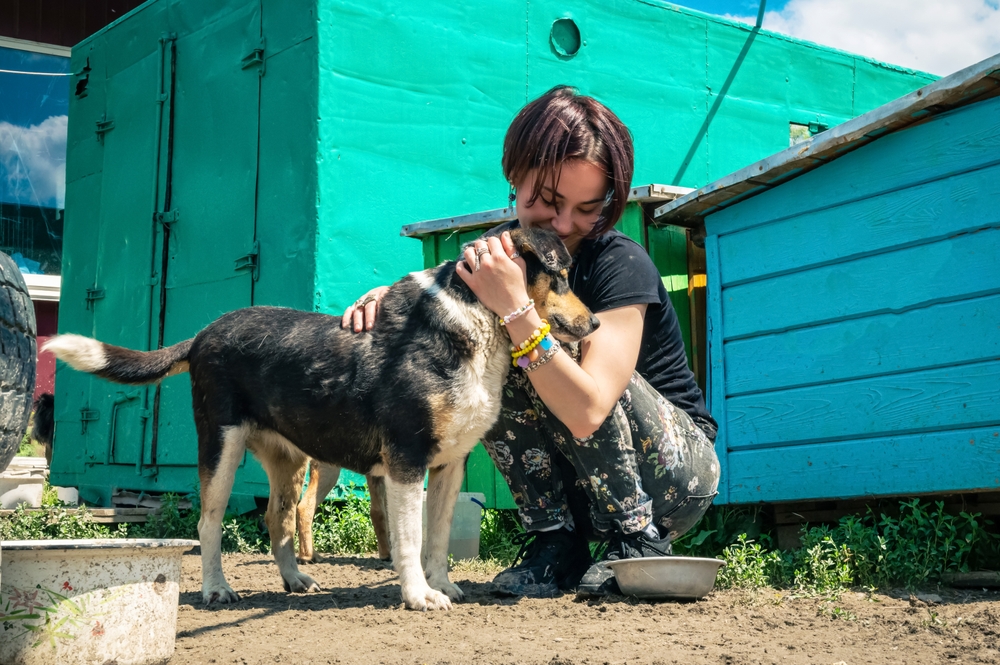
For an abused dog, learning to trust takes time, so try to let them call the shots. Don’t rush things or force building a bond or having interactions because it won’t happen overnight. Let them come to you when they’re ready, even if it’s just to sniff your hand or sit in the same room. Every small step forward is a win, and letting them set the pace shows them that they’re safe with you.
2. Create a Safe, Quiet Space
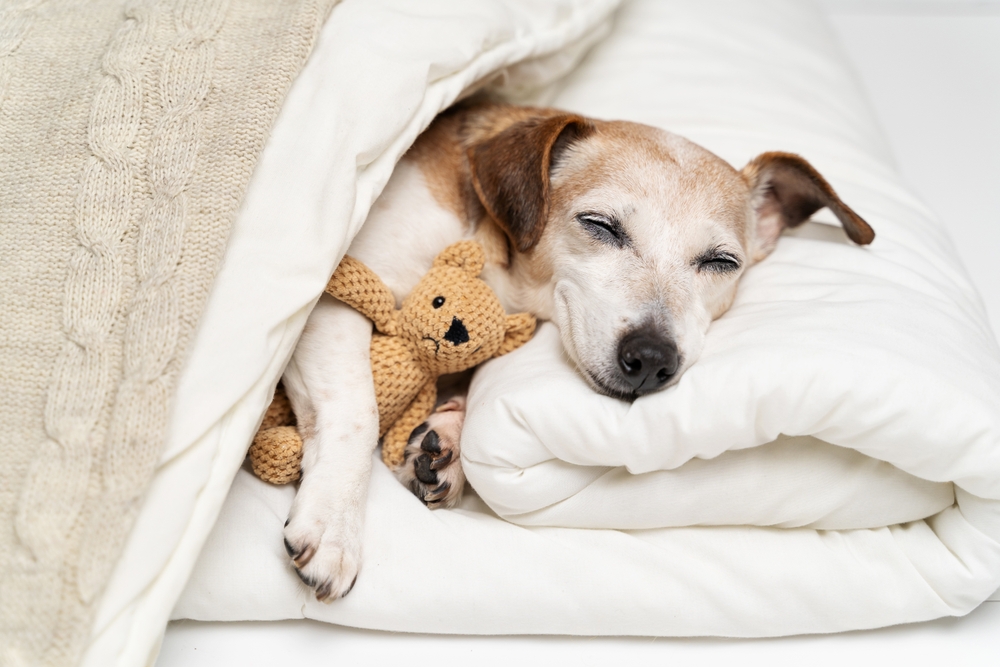
Everyone needs a cozy spot to feel safe, and your dog is no different. Set up a little corner just for them—a soft bed, maybe a blanket or two, and some toys. Make sure it’s in a quiet area of the house where they can retreat anytime they feel overwhelmed. This safe space becomes their sanctuary, a place to relax and unwind as they get used to life in their new home.
3. Use a Calm, Gentle Voice
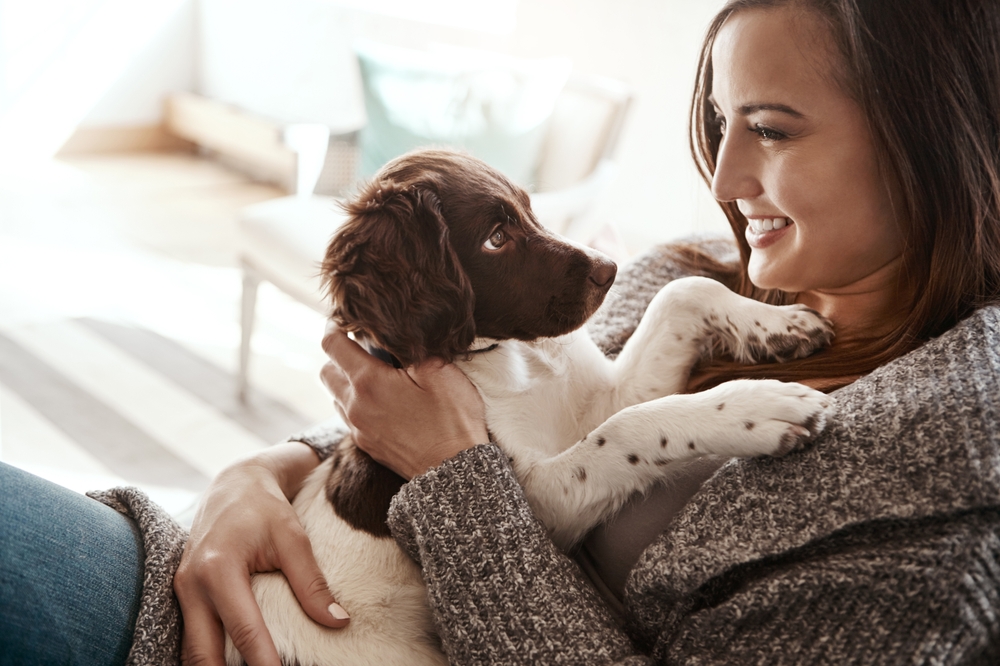
Your voice is powerful, especially to a dog who’s on edge. So, keep your tone soft and steady when you’re talking to them. Loud or sharp tones can easily make them anxious, so go for a calm, gentle approach. Over time, they’ll start to associate your voice with comfort and security, which goes a long way toward building trust.
4. Avoid Sudden Movements
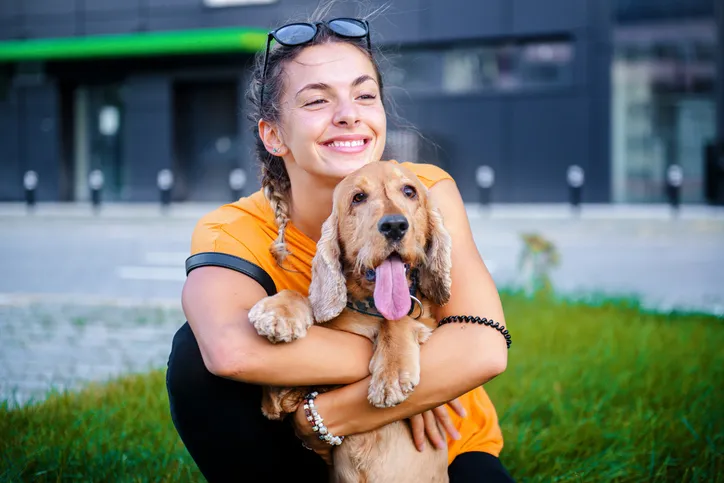
For an abused dog, sudden movements can feel like a threat. Try to move slowly and predictably, especially when you’re reaching out to them or bending down. Gentle, steady movements show them they don’t have to be on high alert around you and that you are not a threat. Little by little, they’ll realize you’re safe to be around.
5. Introduce Touch Gradually
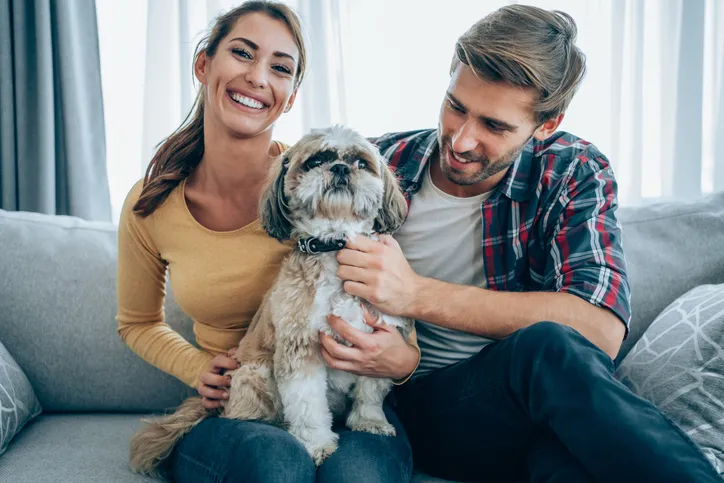
Touch can be powerful, but it’s also something that abused dogs can be wary of. Start by offering your hand for them to sniff, and let them initiate contact. Once they’re comfortable, you can try a gentle scratch behind the ears or a light touch on their shoulder here and there. Always watch their body language—they’ll let you know when they’re ready for more but don’t force it. Small, positive interactions can make a big difference.
6. Stick to a Routine
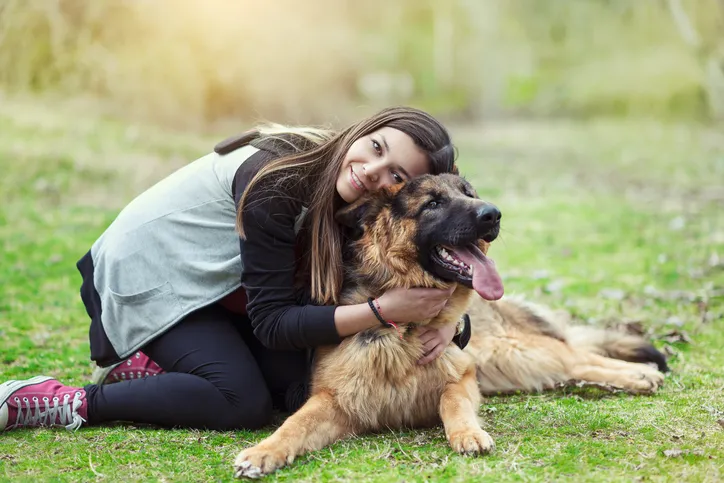
Routine can be a lifeline for an abused dog. Try to keep mealtimes, walks, and bedtime consistent each day. Knowing what to expect can make them feel safe and reduce anxiety. Plus, a predictable schedule shows them that you’re reliable and they’re in a stable place where their needs will be met.
7. Use Positive Reinforcement Only
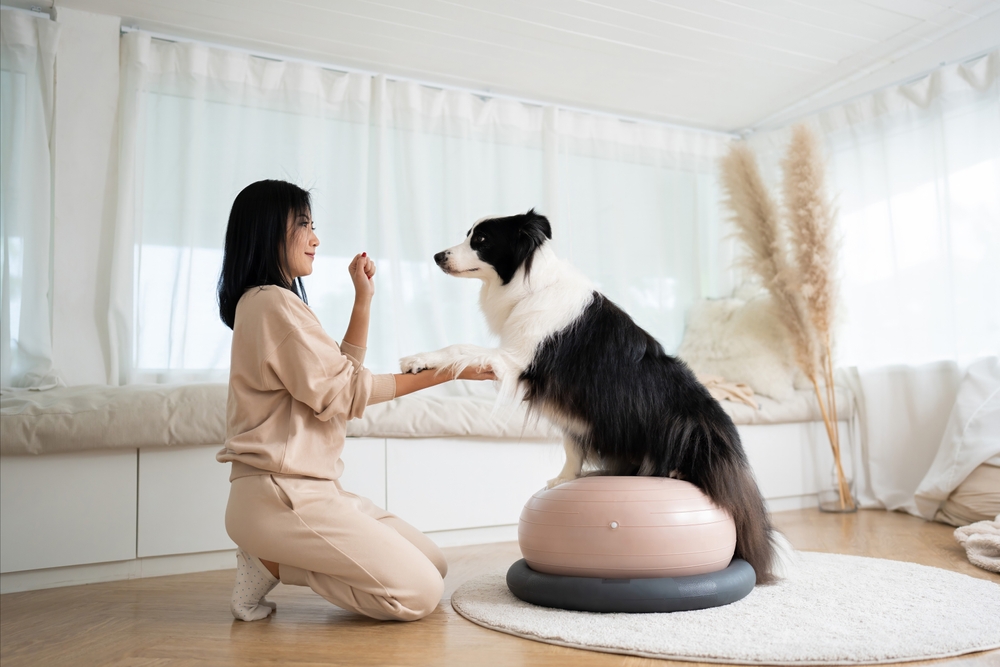
Positive reinforcement is crucial when you’re trying to earn the trust of an abused dog. Rewarding your dog with treats, praise, or gentle petting when they show calm or brave behavior teaches them that good things happen when they’re with you. Avoid any form of punishment, as it can increase their fear. With positive reinforcement, you’re showing them that they can trust you without any risk.
8. Respect Their Boundaries
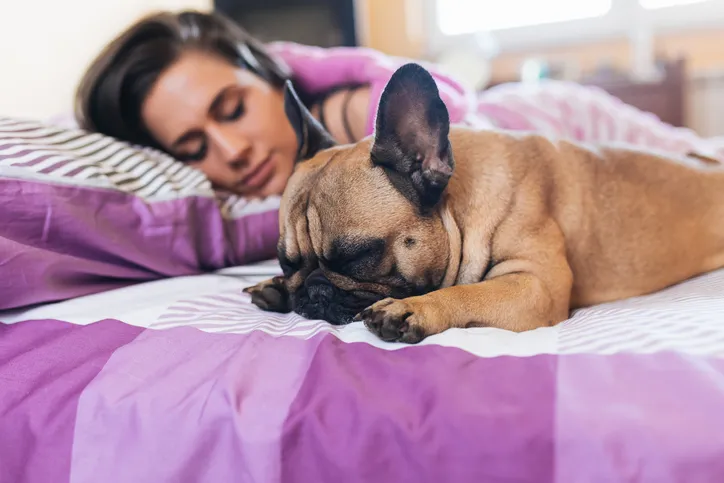
Every dog has boundaries, especially ones who have been through trauma. If they pull back, hide, or walk away, let them. It’s tempting to want to reassure them, but respecting their limits is essential for your safety and theirs. Giving them space when they need it builds trust—it shows them that you’re willing to honor their comfort zones.
9. Ease Them Into Anxiety Triggers
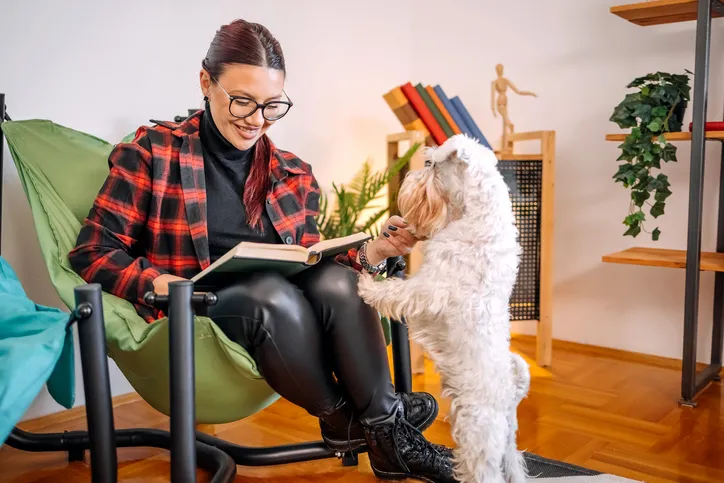
If certain objects or sounds make them nervous, you can gently help them get used to these triggers. Start small, like introducing a vacuum in the off position with treats nearby, and reward them for staying calm around it. Over time, you can turn it on at a low level and keep rewarding calm behavior. This is a gradual approach that helps show them they don’t need to be afraid of normal things around the house.
10. Engage Them with Toys and Puzzles
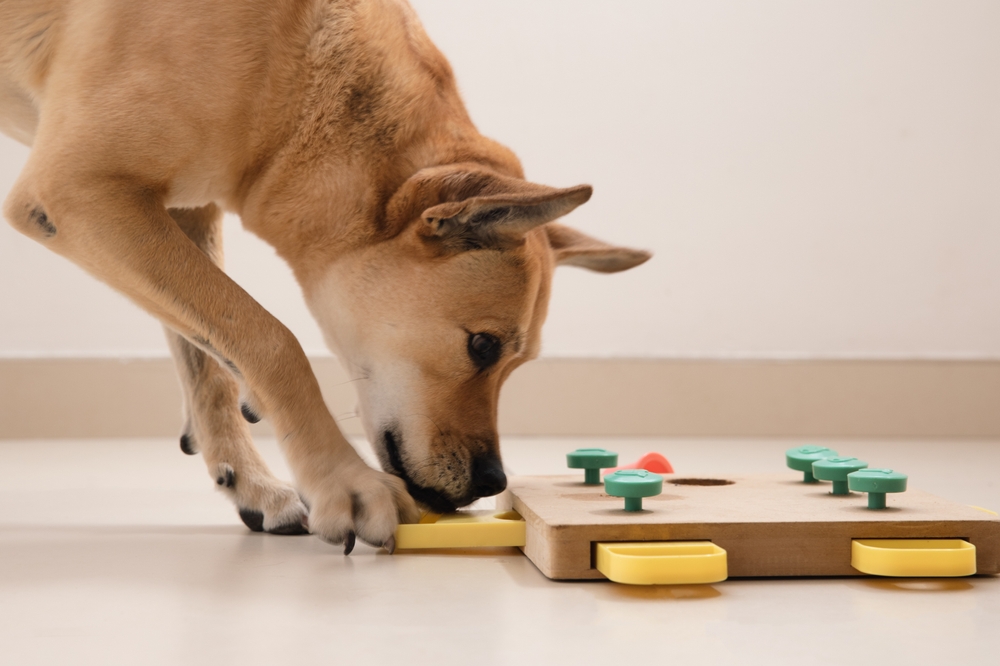
Keeping their mind busy can be a big confidence booster for an abused dog. Puzzle toys or treat-dispensing toys give them something positive to focus on, which can be really helpful for anxious dogs. Mental stimulation isn’t just fun for them, it also builds their self-confidence and shifts their attention away from their fear.
11. Take Socialization Slow and Easy
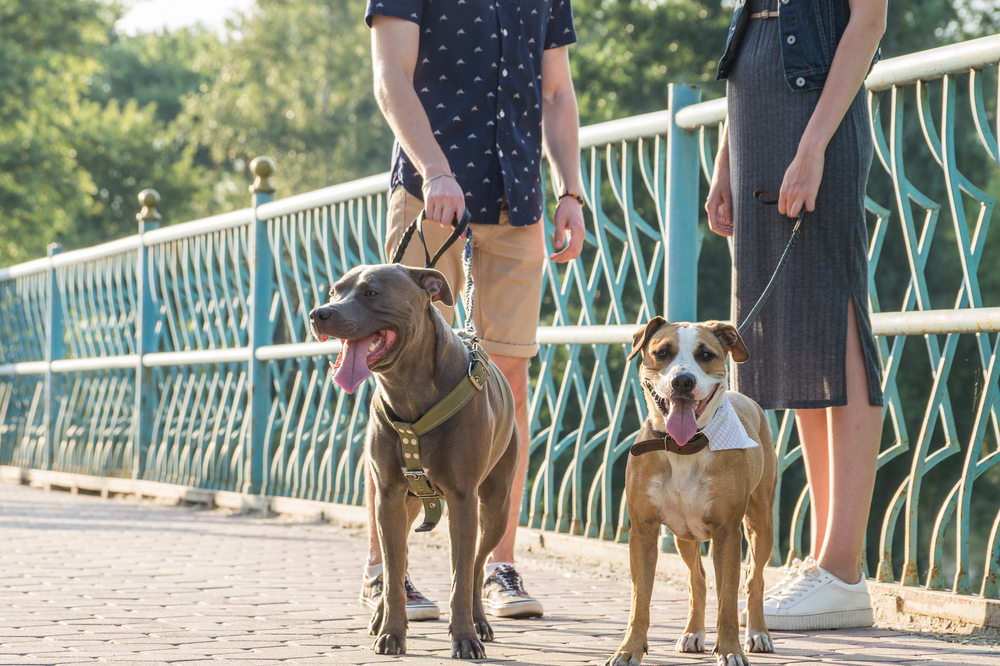
Meeting new people or other pets can be overwhelming for an abused dog, so start slow. Let them approach new situations on their terms and keep things calm. If they seem uncomfortable, it’s totally fine to back off. Building comfort with new experiences takes time, and it’s all about letting them feel in control.
12. Celebrate Small Wins
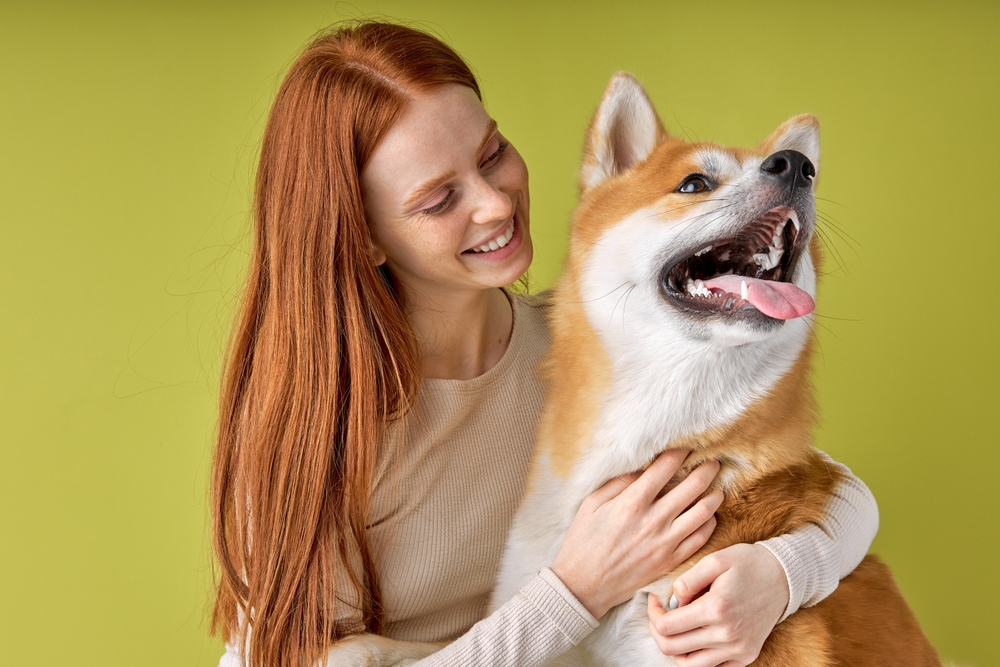
Every little milestone—whether it’s sitting near you, making eye contact, or even a tiny tail wag—is worth celebrating. These small victories are huge steps for a dog who’s been through tough times. When something goes well, make sure you reward it with plenty of treats, praise, or gentle petting to show them they’re doing great. Celebrating small wins helps build their confidence and reinforces the trust between you.
13. Be Patient with Setbacks
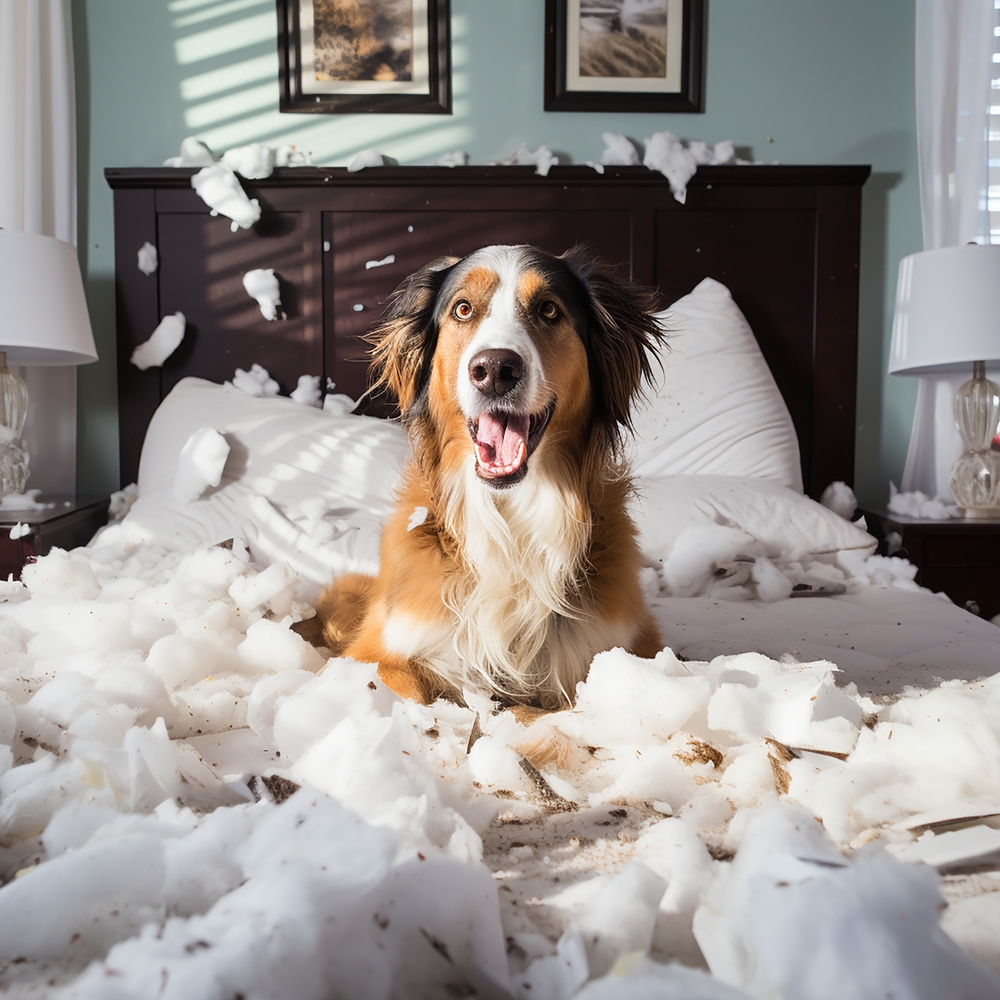
Healing isn’t a straight line, and there will be tons of ups and downs. Some days, your dog might seem a bit more skittish or anxious, and that’s completely normal. Be patient with these moments and remember that progress takes time. Your patience shows them you’re in it for the long haul, no matter what.
14. Consider Professional Help if Needed
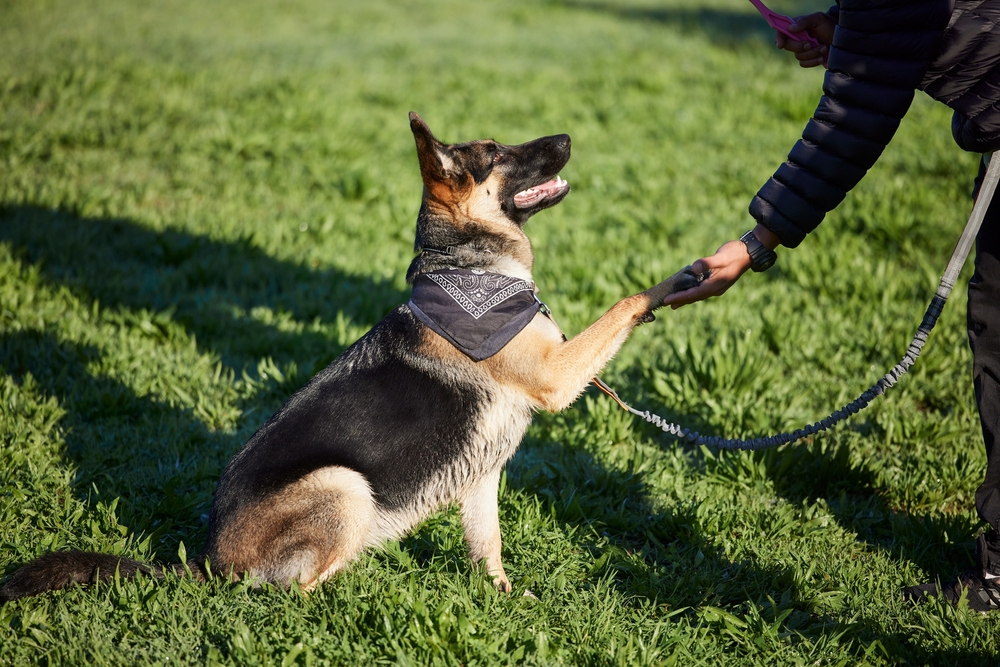
If certain behaviors feel hard to manage on your own, don’t hesitate to reach out to a trainer experienced with traumatized dogs. They can offer tailored advice on handling fear and anxiety which will help you and your pup stay safe as you navigate this new chapter. Having an expert’s guidance can be incredibly helpful, especially if you feel stuck. A trainer can also help you learn new ways to connect and build trust with your dog.
15. Show Them Love (Their Way)
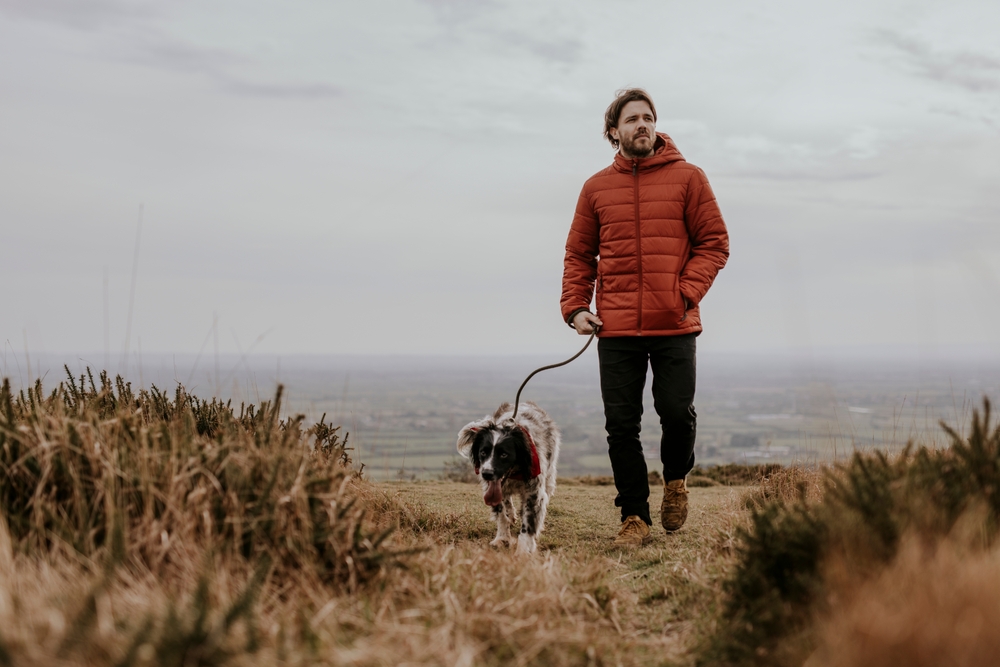
At the end of the day, love is the foundation of all the progress you’ll make together. Show them affection in the ways they’re comfortable with, whether that’s sitting nearby, offering treats, or just being a calm presence. Your love will be what helps them feel safe and rebuild trust. Over time, you’ll see them start to let down their guard, and that bond will be stronger than anything they’ve been through.
